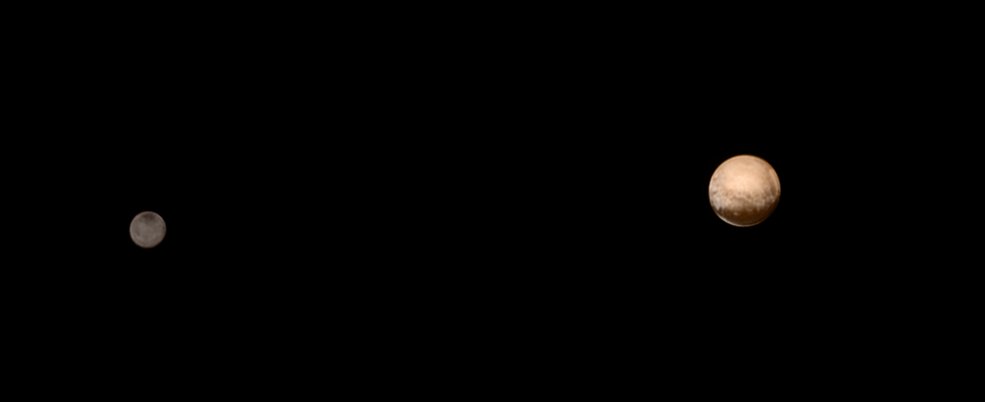
Some of the most intriguing features visible in the new @NASAWebb Jupiter images are the giant planet's rings. @NASAVoyager scientists made the surprise discovery in 1979, and our #JunoMission even captured a view of them looking from the inside out! 1/3 

As the Juno spacecraft zipped through the narrow gap between Jupiter's radiation belts and the planet during its first science flyby in August 2016, a star tracking camera collected this image showing the dusty rings and the stars beyond, including bright Betelgeuse. 2/3 

Juno also captures close-ups of Jupiter from Jovian orbit. Like the @NASAWebb images released yesterday, these are often processed from raw data by #CitizenScientist members of the public, such as this one by Andrea Luck. Learn more and see the latest: missionjuno.swri.edu/junocam/proces… 3/3 

• • •
Missing some Tweet in this thread? You can try to
force a refresh











